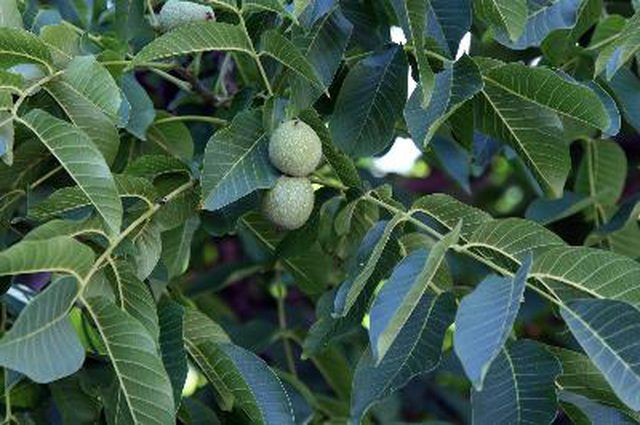Bulbs
Flower Basics
Flower Beds & Specialty Gardens
Flower Garden
Garden Furniture
Garden Gnomes
Garden Seeds
Garden Sheds
Garden Statues
Garden Tools & Supplies
Gardening Basics
Green & Organic
Groundcovers & Vines
Growing Annuals
Growing Basil
Growing Beans
Growing Berries
Growing Blueberries
Growing Cactus
Growing Corn
Growing Cotton
Growing Edibles
Growing Flowers
Growing Garlic
Growing Grapes
Growing Grass
Growing Herbs
Growing Jasmine
Growing Mint
Growing Mushrooms
Orchids
Growing Peanuts
Growing Perennials
Growing Plants
Growing Rosemary
Growing Roses
Growing Strawberries
Growing Sunflowers
Growing Thyme
Growing Tomatoes
Growing Tulips
Growing Vegetables
Herb Basics
Herb Garden
Indoor Growing
Landscaping Basics
Landscaping Patios
Landscaping Plants
Landscaping Shrubs
Landscaping Trees
Landscaping Walks & Pathways
Lawn Basics
Lawn Maintenance
Lawn Mowers
Lawn Ornaments
Lawn Planting
Lawn Tools
Outdoor Growing
Overall Landscape Planning
Pests, Weeds & Problems
Plant Basics
Rock Garden
Rose Garden
Shrubs
Soil
Specialty Gardens
Trees
Vegetable Garden
Yard Maintenance
Growth Rate of Walnut Trees
Growth Rate of Walnut Trees. Walnut trees, no matter their name, are prized for both the nuts they produce and their wood, valued highly for furniture, cabinets and flooring. While all have the same basic needs, the different varieties grow at different rates.

Walnut trees, no matter their name, are prized for both the nuts they produce and their wood, valued highly for furniture, cabinets and flooring. While all have the same basic needs, the different varieties grow at different rates.
Types
Three main types of walnut trees grow in the United States: English walnut, black walnut and butternut, which is sometimes called white walnut.
English Walnut
Fast growth (25 inches or more per year) is one of the traits of the English walnut tree. These trees are hardy in zones 5 to 9 and produce a thin-hulled nut that is easily cracked.
Black Walnut
Black walnut trees, hardy in zones 4 to 9, are moderate growth rate trees. Annual growth rates will be between 13 and 24 inches per year.
Butternut
Butternut trees, or white walnuts, grow at a rate of 12 inches or less per year, making them a slow growth tree. They are hardy in USDA zones 3 to 7.
Fruit
All three varieties of walnut tree are nut bearers with highly edible and prized nuts, which can be eaten raw or cooked.